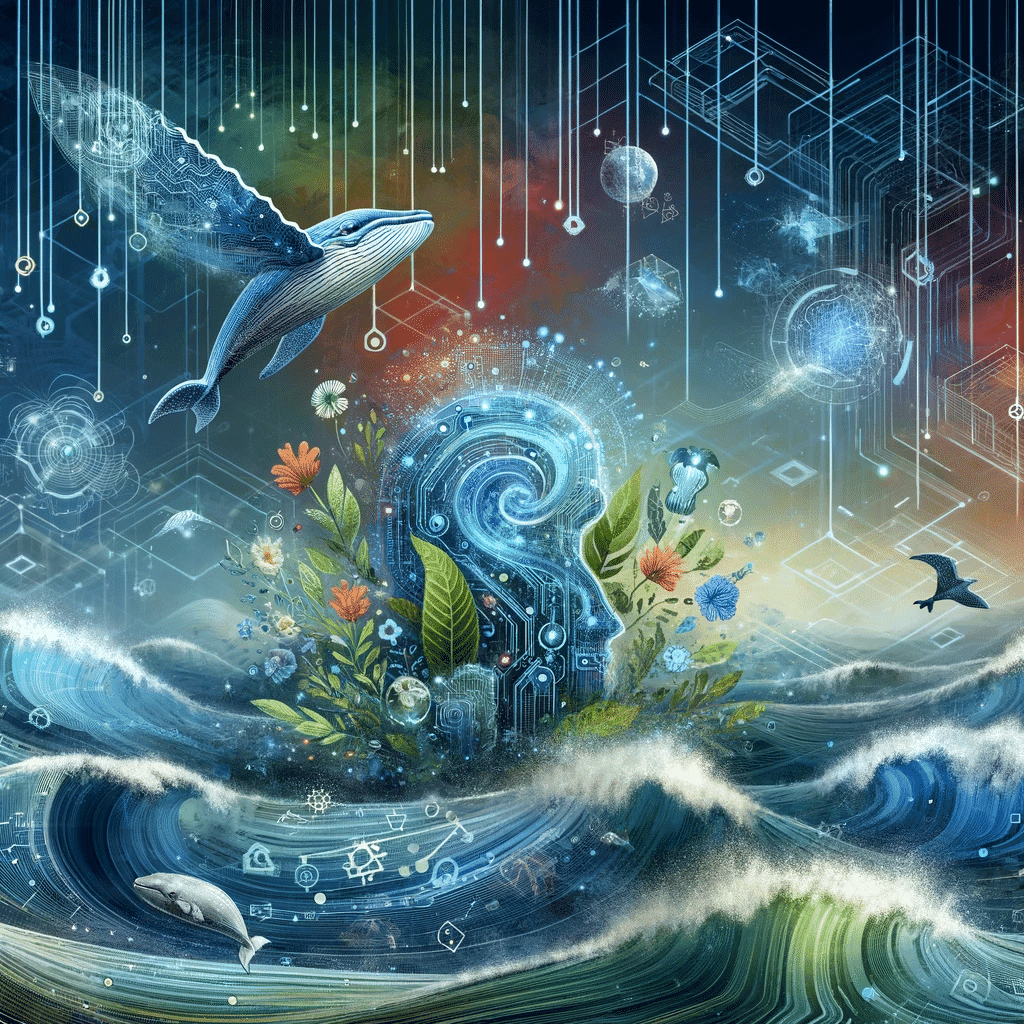Using AI to communicate with whales and contribute to the preservation of life on Earth is an innovative and multi-faceted approach. This strategy involves combining advanced artificial intelligence technology with marine biology, linguistics, and environmental science.

1. Understanding Whale Communication: The first step in using AI to talk to whales is to understand their complex communication system. Whales use a variety of sounds, including clicks, whistles, and songs, to communicate. These sounds vary among species and can convey a wealth of information. By recording and analyzing these sounds using advanced AI algorithms, researchers can begin to decode the nuances of whale communication.
2. AI-Powered Decoding: AI plays a crucial role in deciphering the complex language of whales. Machine learning algorithms, specifically those focused on natural language processing, are trained on vast amounts of whale sounds. These algorithms are capable of identifying patterns, frequency changes, and other unique aspects of whale communication that might be imperceptible to the human ear.
3. Creating a Two-Way Communication System: The ultimate goal is to establish a two-way communication system. This involves not only understanding whale sounds but also creating synthesized sounds that whales can understand. AI algorithms can help create these sounds by mimicking the patterns found in whale communication. These synthetic sounds can then be used to attempt interaction with whales, potentially allowing humans to deliver messages or responses.
4. Monitoring Whale Health and Behavior: Beyond communication, AI can help monitor the health and behavior of whale populations. AI algorithms can analyze data from various sources, such as satellite imagery and sonar readings, to track whale movements, identify changes in behavior patterns, and monitor the health of individual whales and populations.
5. Environmental Impact and Conservation Efforts: Communicating with whales using AI can have significant environmental implications. Understanding whales’ needs and behaviors can lead to more effective conservation strategies. For example, AI can help identify critical breeding and feeding areas that need protection. Additionally, by monitoring whale communications, scientists can gain insights into the health of the ocean ecosystem.
6. Challenges and Ethical Considerations: While the potential is immense, this endeavor faces several challenges. Accurately interpreting whale sounds and ensuring that any artificial sounds used for communication are safe and non-disruptive to whale populations are primary concerns. Ethical considerations around the impact of human interactions on whale behavior must also be addressed.
7. The Bigger Picture: Ultimately, the ability to communicate with whales using AI could revolutionize our understanding of these magnificent creatures and the marine ecosystem. It represents a significant step toward not just preserving whale populations but also ensuring the overall health of our planet’s oceans, which are vital to life on Earth. This interdisciplinary effort showcases the power of technology when harmoniously combined with natural science for the greater good of the planet.
Up next:
The Cause Of Headline-Making Behavior Of Killer Whales This Year?
Blue Whales Return to Seychelles Seas After Decades
Join our Forum for free today!

- The Kleptomaniac Cat That Rules Houston - July 20, 2024
- Elephant Makes a Lifelong Friend at Sanctuary in Tennessee - July 14, 2024
- Evidence For World’s Oldest Fossilized Forest Discovered in New York - July 11, 2024

